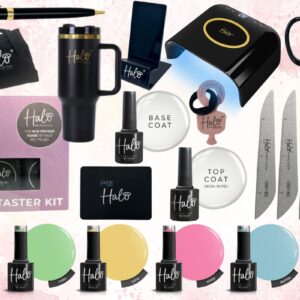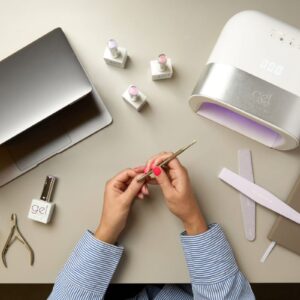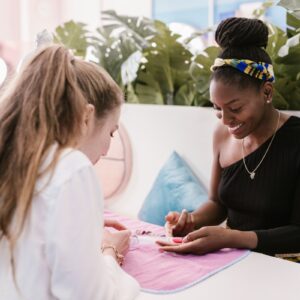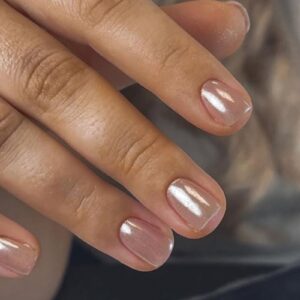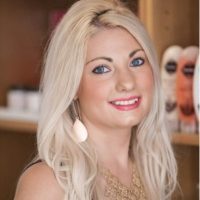
Why lifting can happen when using builder gel in a bottle & how to deal with it
By Katie Barnes | 07 December 2024 | Expert Advice, Feature
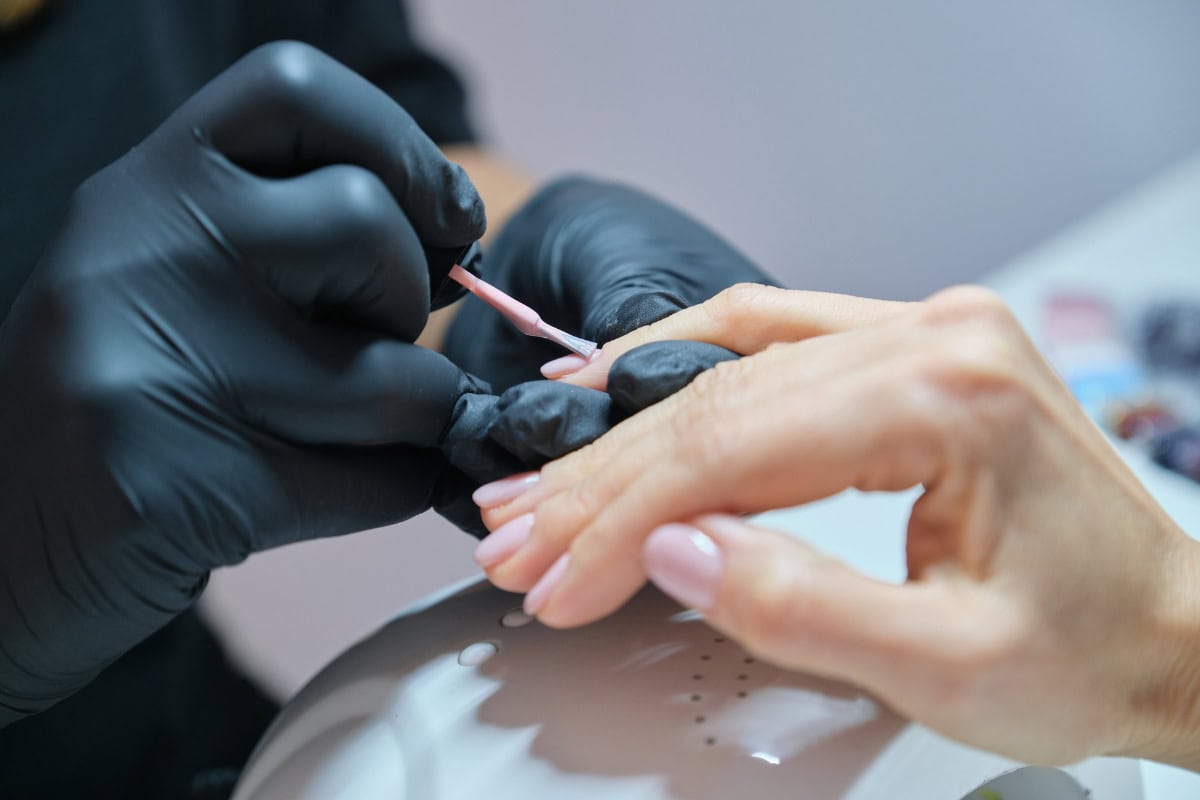
Since the rise in popularity of builder gels in bottles, I have noticed an increase in issues.
When gel polish came onto the scene, many techs added this service to their menu, but did not carry out training in this medium; assuming it was the same as previous services.
It is important to remember that builder gel in a bottle is a builder gel enhancement product, that has been packaged in a bottle with a brush for ease of application. It is not a gel polish base coat, for which it can often used. It has its own methods of application and full training is essential for success.
There has been one particular issue which I have seen come to light since the popularity of this product: pocket and free edge lifting.
Builder gels require two products, which gel polish doesn’t, and this can lead to service breakdown if not used. It is sometimes marketed that they aren’t required, but they are a necessary step. These are gel base (not gel polish base coat) and an acid-free primer.

Builder gels are not as flexible as gel polish, therefore need a layer in-between the natural nail and the gel to cushion the flex and prevent separation.
When the builder gel is applied directly to the nail, it can flex more than the natural nail, meaning they don’t move together, and this can cause lifting. This can commonly be seen as pocket lifting, where the centre of the nail enhancement lifts away from the natural nail.
Pocket lifting is often found in the centre of the enhancement, when infill and maintenance procedures aren’t performed correctly or damage occurs.
There are many other factors that can contribute to lifting, including improper prep of the nail plate or application, poor natural nail health and client abuse and lack of care. The more curved the natural nail plate is, the greater the effect of shrinkage and the greater the likelihood of pocket lifting. This will be focused to the highest point on the nail: the apex, and in the centre of the plate, which is naturally the most curved area. The more product you use, such as on longer nails or larger fingers like the thumb, the more shrinkage can occur. Therefore, the most likely nails to form pocket lifting are large, curved nails.
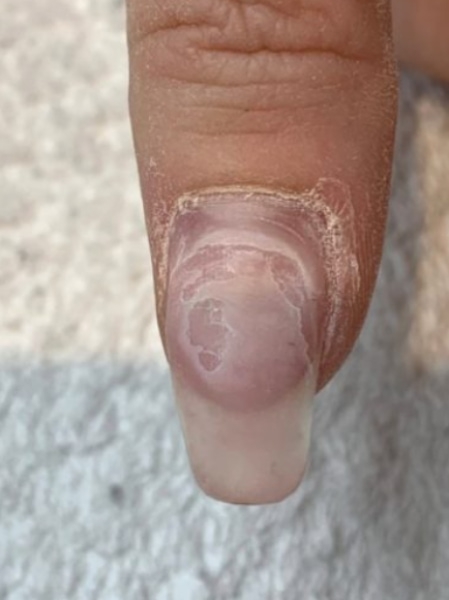
Pocket lifting
If your lamp is not matched or fully tested with the product in use then it may cure too quickly, causing the product to lift from the nail plate, mainly in the most curved area: the centre.
Just because a company sells a lamp, it unfortunately does not mean that it has been tested to work with their products. If you are experiencing this issue, try to use low heat mode, or hold the hand outside of the lamp facing downwards to give a slow cure for the first layer.
A swipe of acid-free primer will help prevent lifting at the free edge and for problem-prone clients, apply a sparse layer over the whole nail. This acts as a double-sided sticky tape to increase adhesion. If lifting is experienced when your client returns, it is important to get to the bottom of this by troubleshooting together.
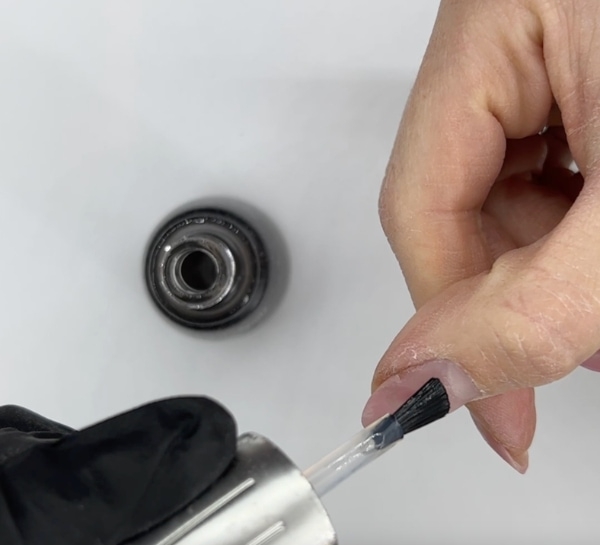
Love Katie B x
Check out Katie’s feature on correctly removing nail enhancements that are lifting.
Originally published January 2023.

Read the latest issue




